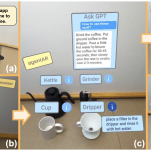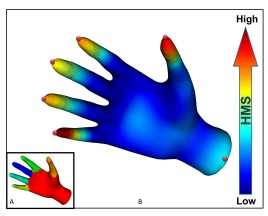
by preciseadmin | May 14, 2011 | 2011, HUMAN SHAPE INTERACTION, Karthik Ramani, Publications, Shape Understanding
Abstract: 3D mesh segmentation is a fundamental low-level task with applications in areas as diverse as computer vision, computer-aided design, bio-informatics, and 3D medical imaging. A perceptually consistent mesh segmentation (PCMS), as defined in this paper is one...
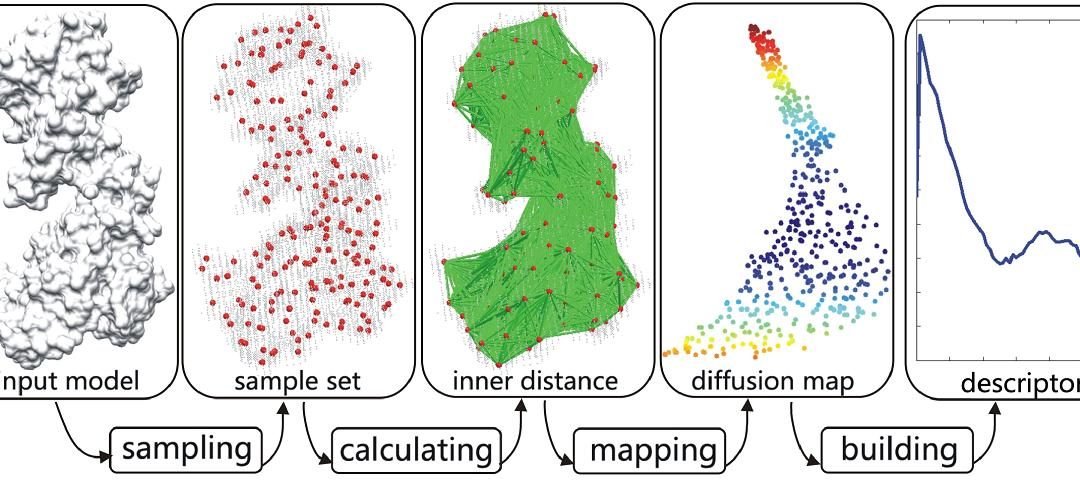
by _not_Exist_ | Oct 15, 2010 | 2010, HUMAN SHAPE INTERACTION, Karthik Ramani, Publications, Shape Understanding, William Benjamin
Abstract: Background Many molecules are flexible and undergo significant shape deformation as part of their function, and yet most existing molecular shape comparison (MSC) methods treat them as rigid bodies, which may lead to incorrect shape recognition. Results In...
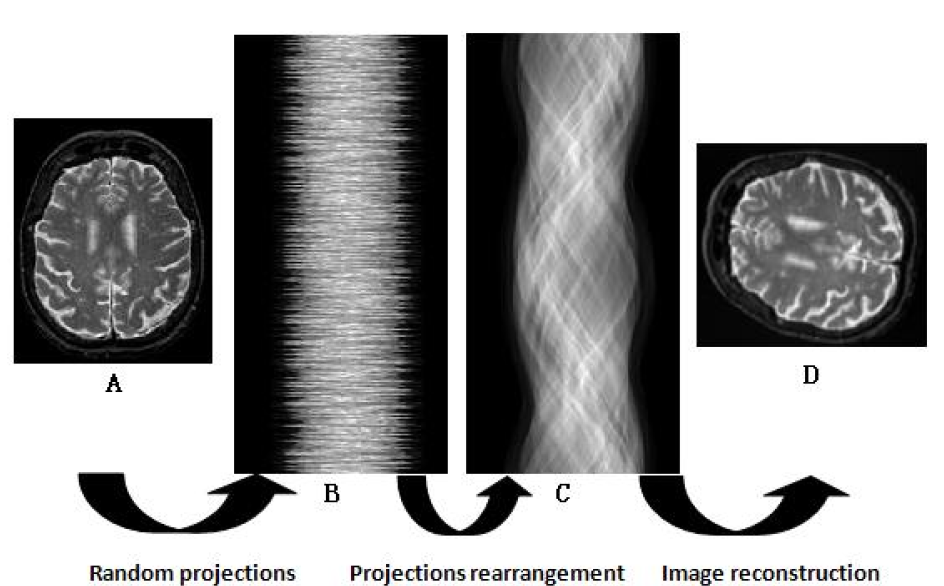
by _not_Exist_ | Oct 12, 2010 | 2010, HUMAN SHAPE INTERACTION, Karthik Ramani, Publications, Shape Understanding
Abstract: During the past decade, the computed tomography has been successfully applied to various fields especially in medicine. The estimation of view angles for projections is necessary in some special applications of tomography, for example, the structuring of...
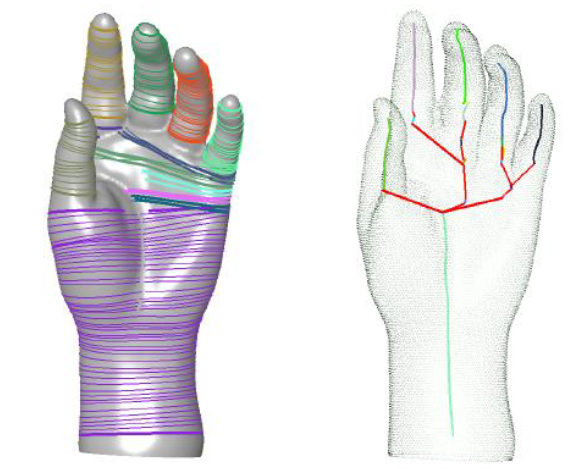
by _not_Exist_ | Jul 15, 2010 | 2010, HUMAN SHAPE INTERACTION, Karthik Ramani, Publications, Shape Understanding
Abstract: Analysis of mesh models is gaining prominence as it has wide range of applications from engineering to medicine. In this paper, we present a method for analyzing meshes through the abstraction of its prominent cross-sections (PCS). An algorithm that can...
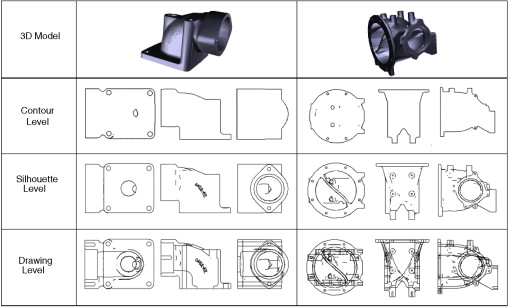
by _not_Exist_ | Dec 16, 2009 | 2009, HUMAN SHAPE INTERACTION, Karthik Ramani, Shape Understanding
Abstract: 3D shape retrieval and clustering is of current interest in several different fields, including mechanical engineering. Several new shape representations for 3D objects are continuing to emerge. Most shape representations are embedded in a variety of feature...
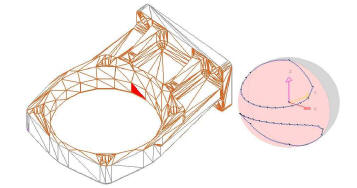
by _not_Exist_ | Sep 16, 2009 | 2009, HUMAN SHAPE INTERACTION, Karthik Ramani, Shape Understanding
Abstract A global visibility map is a spherical image built to describe the complete set of global visible view directions for a surface. In this paper, we consider the computation of global visibility maps for regions on the boundary of a polyhedron. Both the...








